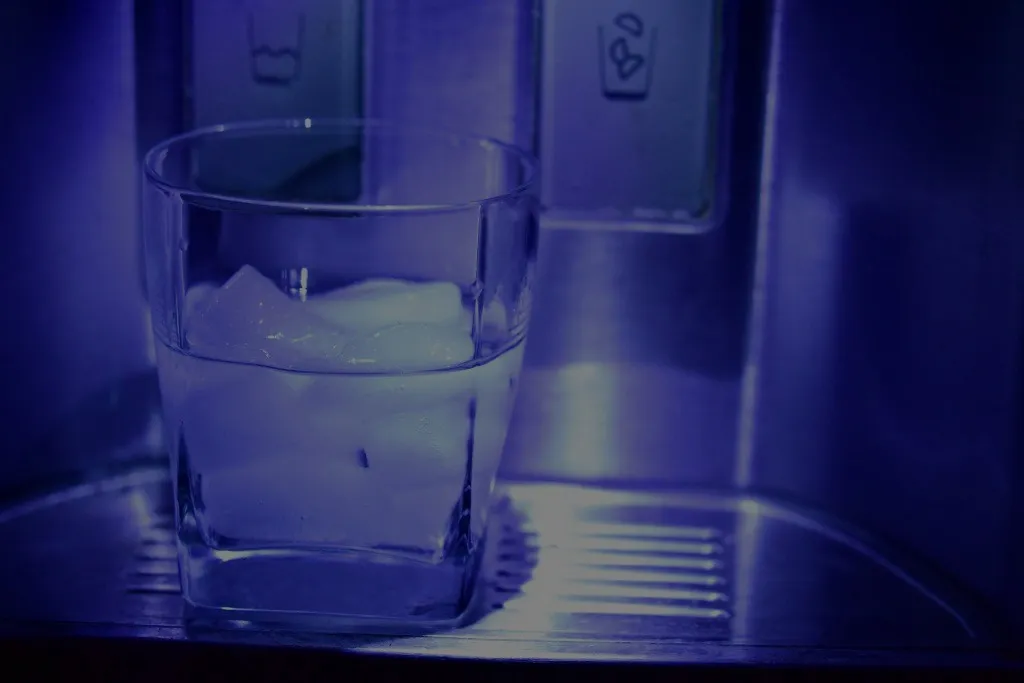How to Perform Refrigerator Repairs
When your refrigerator malfunctions, it can be quite a hassle, especially if it’s not cooling correctly, forcing you to empty its contents. However, before reaching out for professional help, please take a moment to familiarize yourself with common refrigerator issues and their solutions. Many refrigerator repairs can be tackled by beginners using tools that are likely already in your possession. The only potential expense you might incur is if you need to replace any parts.
Safety Precautions
Always unplug the refrigerator before initiating any repair work to prevent the risk of electrical shock.
Safety Precautions
Always unplug the refrigerator before initiating any repair work to prevent the risk of electrical shock.
Common Refrigerator Issues and Solutions
Ice Maker Problems and Their Causes
- Clogged water inlet tube
- Blocked saddle valve
- Obstructed inlet valve

How to Resolve Ice Maker Problems:
-
Step 1: Removing the Ice Maker
Begin by unscrewing the ice maker to access the water inlet tube. -
Step 2: Disconnecting the Wiring Harness
Unplug the wiring harness to gain access to the water inlet tube. Low water pressure can clog the tube, causing ice blockages. -
Step 3: Thawing the Ice
A hairdryer can quickly melt the ice within the water inlet tube. Apply hot air to the tube until you observe water flowing out. -
Step 4: Checking the Saddle Valve
Ice makers usually connect to the home water supply through a saddle valve, which can clog the needle hole. The seat valve is usually still in the basement under the refrigerator.
-
Step 5: Turning the Saddle Valve
The saddle valve often resembles a T-shaped brass component and needs to be turned clockwise to clear the clog. After resolving the blockage, return the valve to its original position. -
Step 6: Inspecting the Inlet Valve
The inlet valve is situated at the back of the fridge and controls the water supply to the ice maker. Verify if water flows to the inlet valve. Turn off the water supply at the saddle valve and disconnect the supply tube from the inlet valve. Hold the supply tube over a bucket while someone turns on the saddle valve to examine the water flow. If water flows, the water supply isn’t the issue. In such cases, the inlet valve likely requires replacement. -
Step 7: Replacing the Inlet Valve
Unscrew the cover panel and the screws holding the valve in place. Disconnect the wiring and unscrew the nuts connecting the water lines. Reinstall the new inlet valve in the reverse order of removal.

- Addressing Refrigerator Leaks:
Check the water supply line, ice maker, inlet valve, and water dispenser for leaks. If you notice a leak at the inlet valve, tighten the compression nuts. Replace the tube if the leakage appears to originate from it.
- Fixing Cooling Issues in the Freezer or Fridge
- Examine the temperature dial to rule out temperature settings as the problem.
- Inspect the condenser coils for obstructions. In older fridges, these coils are located at the back, while in newer models, they are beneath the refrigerator. Use a long brush to remove dust, enhancing airflow.
- Clean the fan to improve its performance. If it is covered in dust, use a hoover to remove the debris.
- Quieting a Noisy Fridge
- Fan motors, particularly the condenser fan motor and the evaporator fan motor for the freezer, are often the source of refrigerator noise. If the condenser is the culprit, your fridge may be nearing the end of its lifespan. However, if it’s a fan motor, remove the mounting screws, unplug the fan, and replace it with a new one.
- Add a soundproof mat beneath the fridge to eliminate annoying noises and protect your flooring. Exercise caution when moving the refrigerator to install the mat.
If you find yourself having problems with your Viking refrigerator, give our manual a read:
How to Perform Refrigerator Repairs
